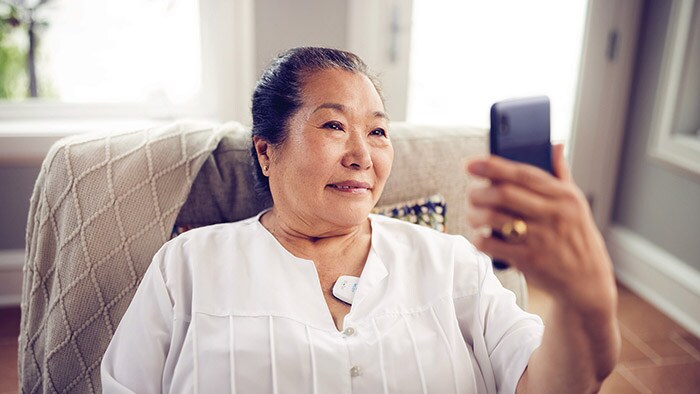Healthcare has long been a place you… Leave a comment

For decades, healthcare has been delivered primarily in centralized facilities such as hospitals, enabling huge strides in the diagnosis and treatment of disease – but capturing only intermittent snapshots of our health, while not always being accessible to patients in remote or underserved communities. Today, thanks to digital health technologies, we see the rapid emergence of a new paradigm: one in which we can bring care much closer to the patient, whether that is virtually or physically, at home or in the community. Here’s why we believe distributed care is the future of healthcare.
The trend towards out-of-hospital care was already well underway before the pandemic accelerated the adoption of digital triaging, telehealth, and remote patient monitoring. As this year’s Philips Future Health Index report reveals, healthcare leaders now view extending care delivery beyond the hospital as their highest priority after staff satisfaction and retention [1]. Like them, we believe that building more hospitals cannot be the only answer to meeting the growing demand for accessible and affordable care.
Distributed care flips the traditional hospital-centric care paradigm on its head. Instead of having patients come into a central location, distributed care brings care to the patient. Increasingly, we will see healthcare being delivered through a decentralized network of ambulatory clinics, retail settings, and home-based monitoring, coaching, and treatment. The glue that binds this network together is the end-to-end experiences of the patients it serves, throughout their care journey.


